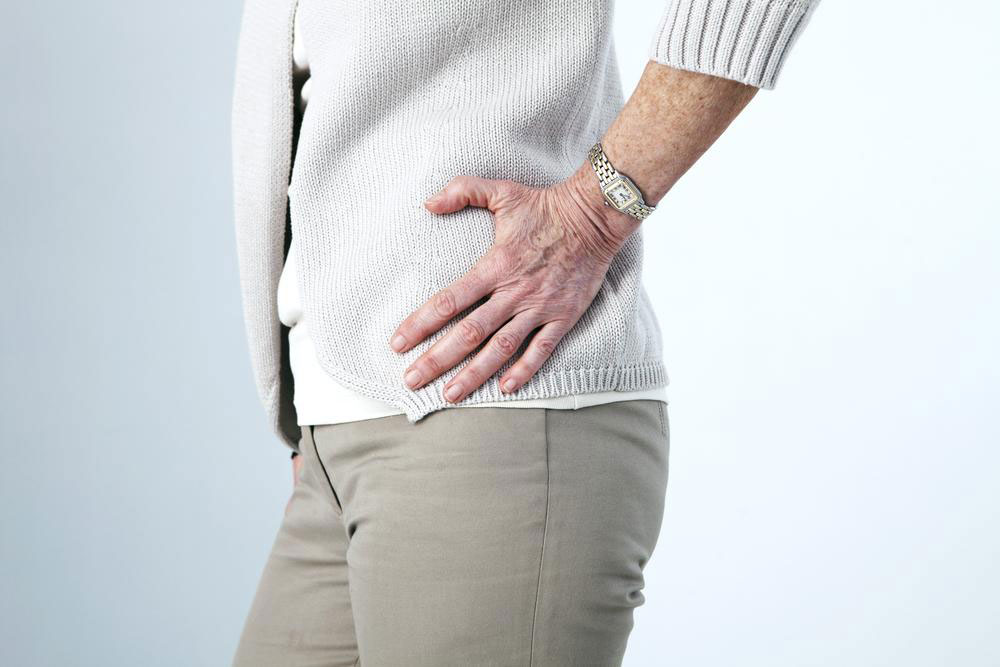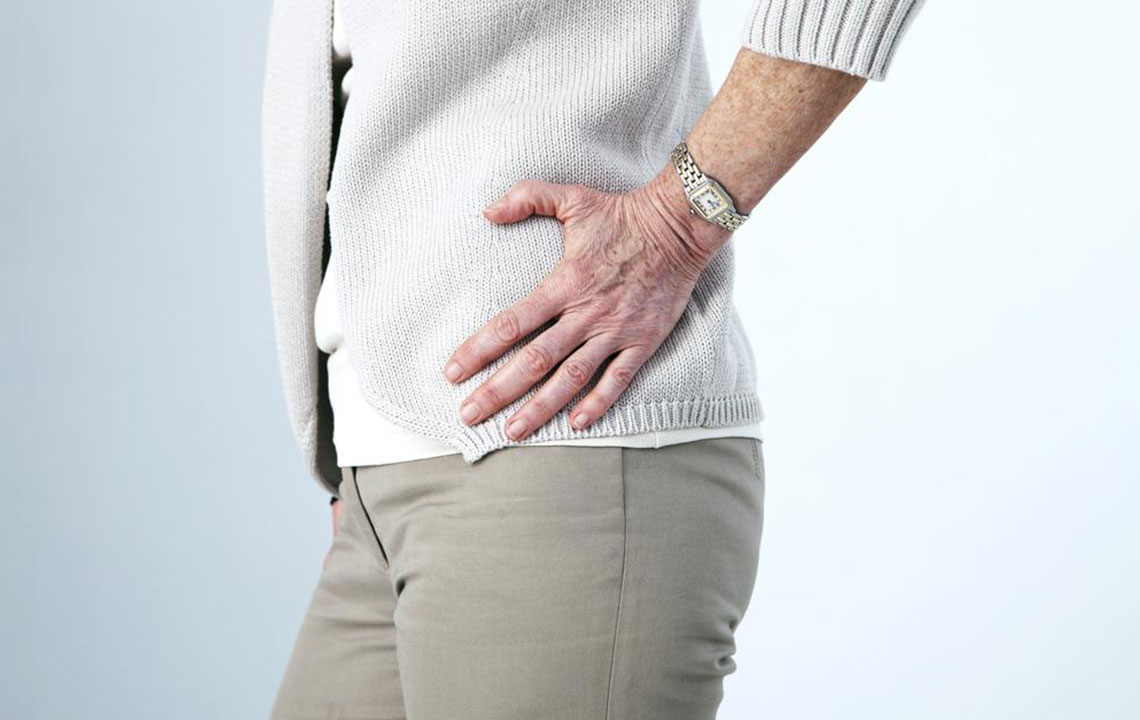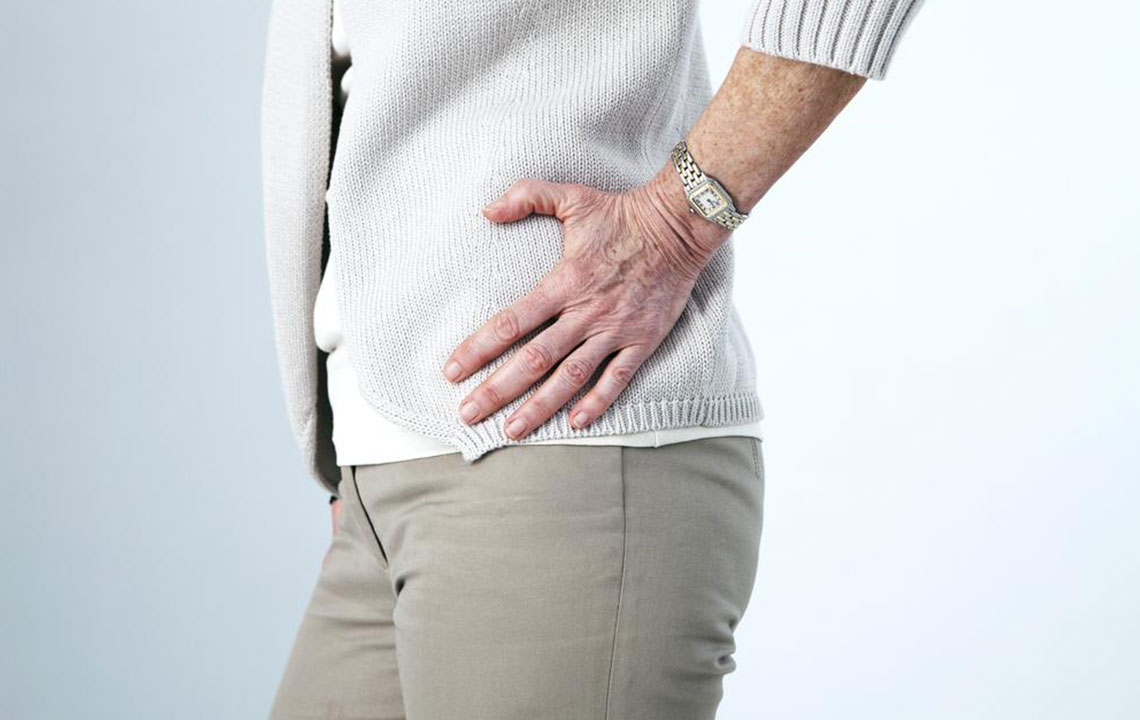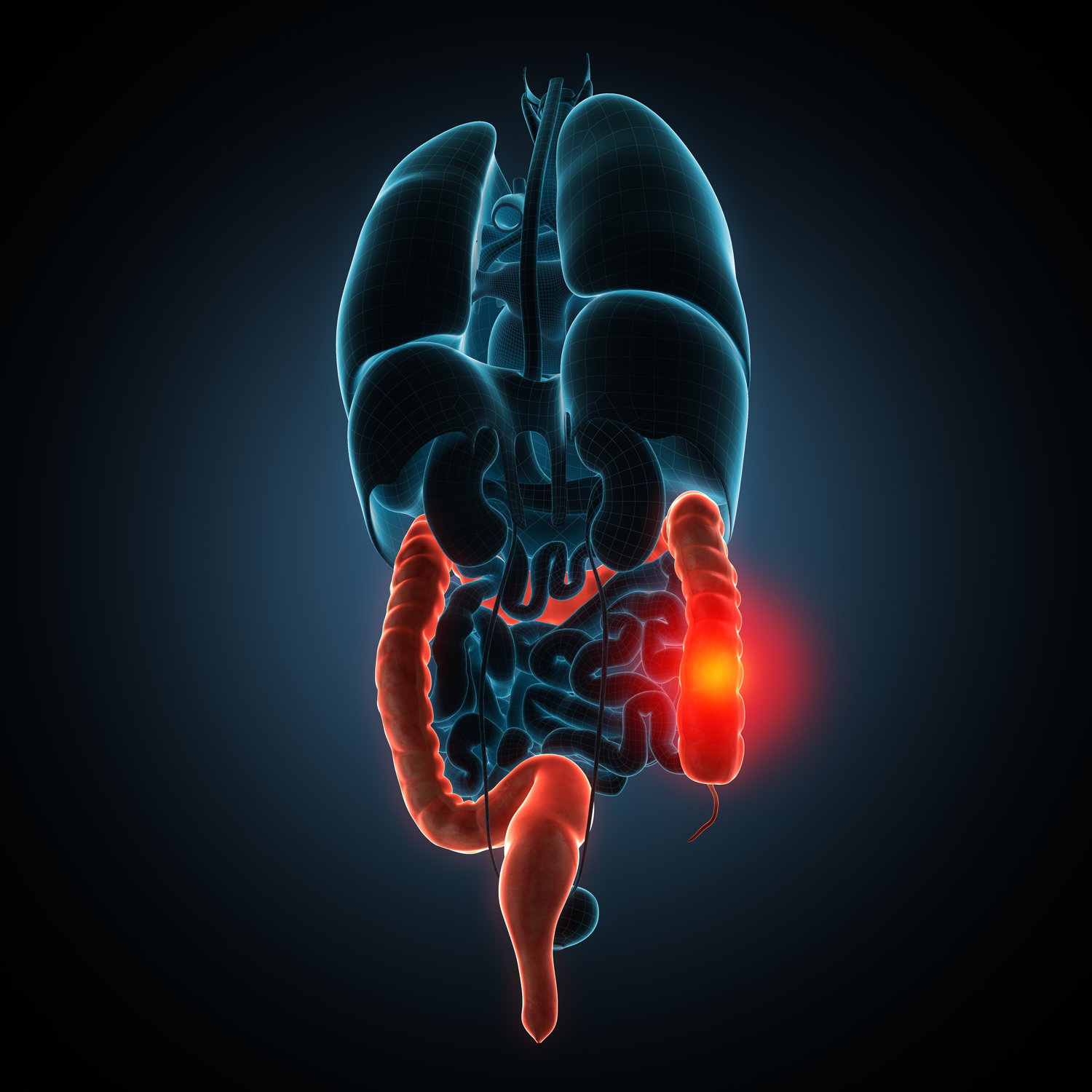Understanding Hip Bursitis: Causes, Symptoms, and Treatment Options
Explore the causes, symptoms, and treatment options for hip bursitis, a common condition causing hip pain. Learn how to identify risk factors and manage inflammation effectively with medical interventions and lifestyle adjustments.
Sponsored

Hip Bursitis: Symptoms, Causes, and Management
The hip joint is crucial for movement and weight-bearing activities, but it’s susceptible to various issues like bursitis, which causes pain and discomfort. Hip bursitis involves inflammation of the bursae—small fluid-filled sacs that reduce friction between tissues. The hips have two main bursae: the trochanteric and iliopsoas bursae. Though not contagious, bursitis can become infected. Common causes include injuries, repetitive trauma, gout, and autoimmune conditions. Women and people aged 40-70 are at higher risk, especially those with biomechanical abnormalities or previous hip surgeries. Diagnosis involves physical exams and imaging tests. Treatment ranges from rest and ice to injections, antibiotics, and surgery in severe cases.






